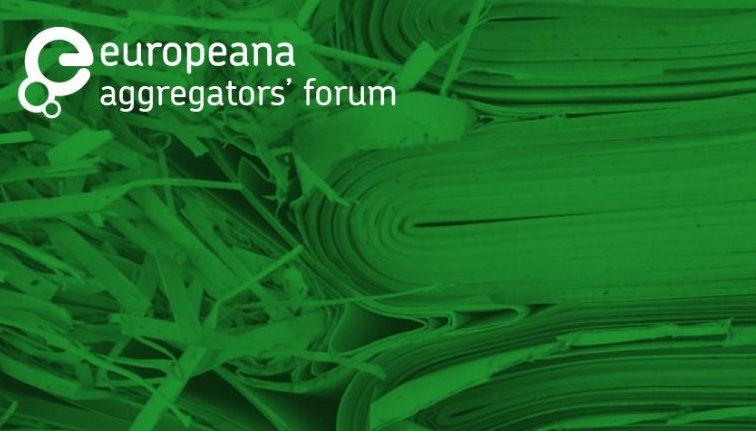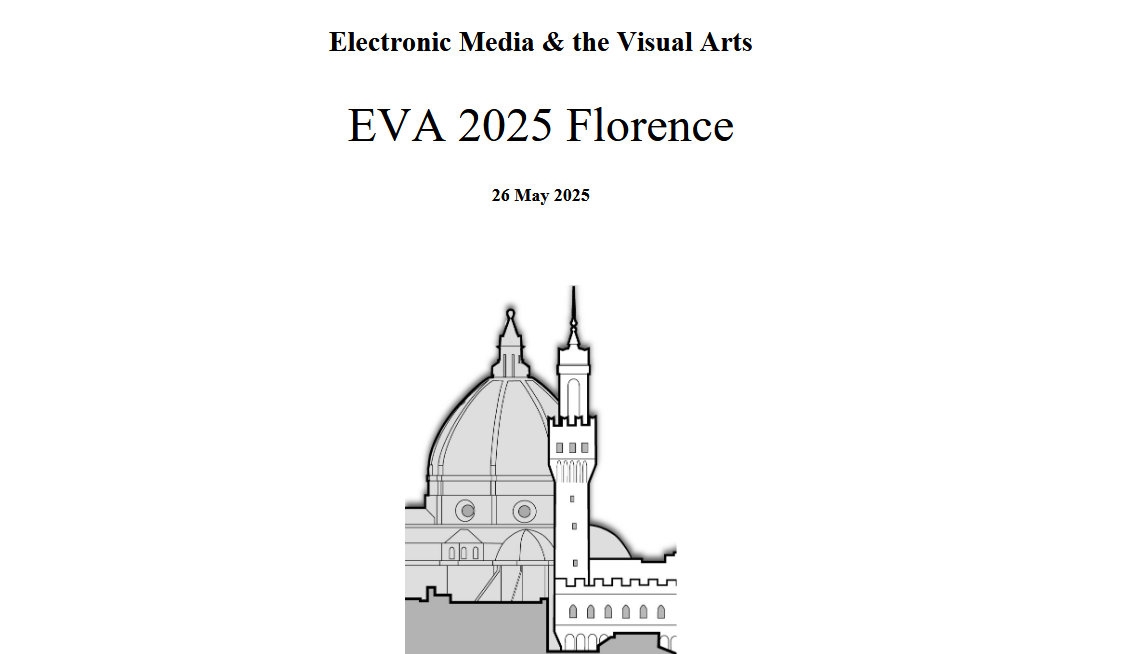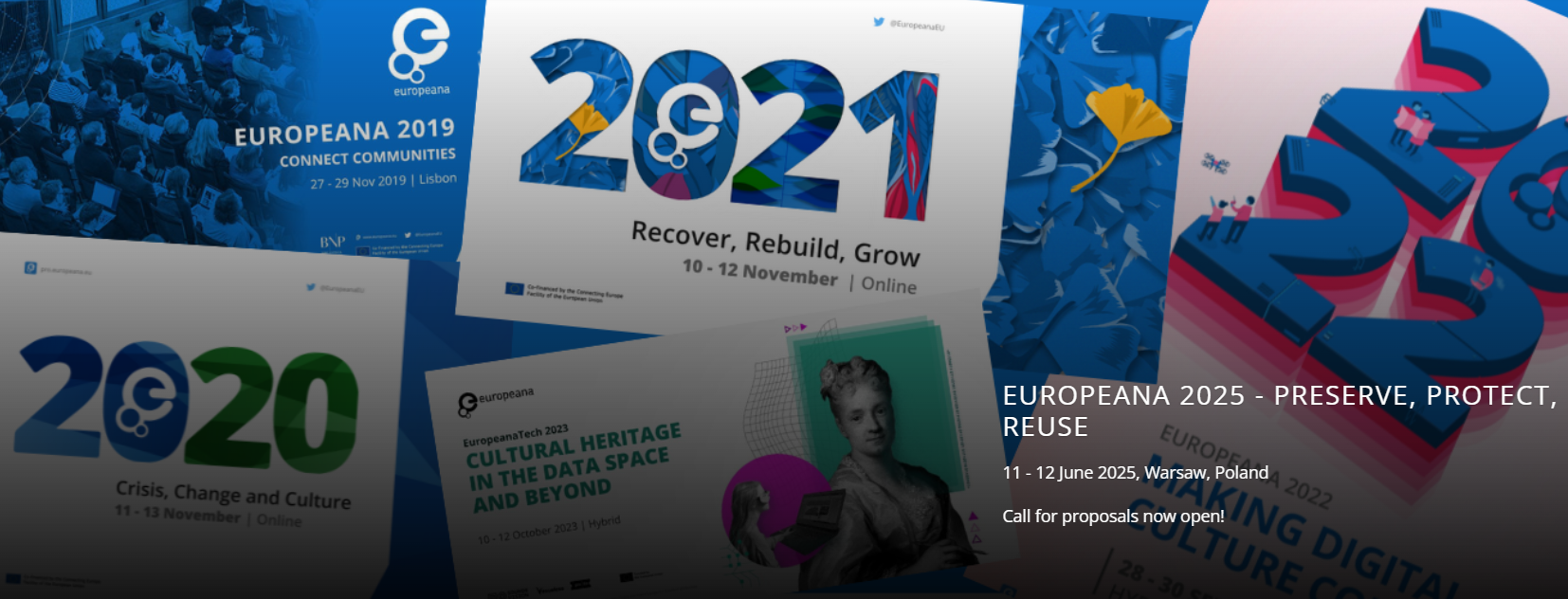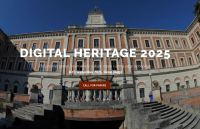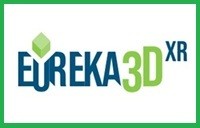EU context
Things that may be done with a work protected by copyright without the consent of the owner of the copyright. The Information Society Directive contains a closed list of exceptions and limitations that Member States may incorporate into their domestic laws. In relation to the right of reproduction these include: photographic reproductions on paper or any similar medium of work (excluding sheet music) provided that the rightholders receive fair compensation; reproductions on any medium made by a person for private use which is non-commercial, provided that the rightholders receive fair compensation; reproduction made by libraries, educational establishments, museums or archives, which are non-commercial archival reproductions of broadcasts, reproductions of broadcasts made by “social institutions pursuing non-commercial purposes, such as hospitals or prisons” provided that the rightholders receive fair compensation.
In relation to the rights of reproduction and communication to the public these include: illustration for teaching or scientific research, provided the source, including the author’s name, is acknowledged; uses for the benefit of people with a disability, current event reporting, provided the source, including the author’s name, is acknowledged; quotations for purposes such as criticism or review, provided the source, including the author’s name, is acknowledged; use necessary for the purposes of “public security” or to the proper performance or reporting of “administrative, parliamentary or judicial proceedings”; use of political speeches and extracts of public lectures or similar works, provided the source, including the author’s name, is acknowledged; use during religious celebrations or official celebrations “organised by a public authority”; use of works such as architecture or sculpture located permanently in public places; incidental inclusion of a work in other material; the advertising the public exhibition or sale of artistic works; caricature, parody or pastiche; for demonstration or repair of equipment; use of an artistic work, drawing or plan of a building for the purposes of reconstruction, for non-commercial research or private study.
An emerging ‘European’ understanding of some of the exceptions and limitations is developing through case law emanating from the European Court of Justice.


 If you have interesting news and events to point out in the field of digital cultural heritage, we are waiting for your contribution.
If you have interesting news and events to point out in the field of digital cultural heritage, we are waiting for your contribution.

